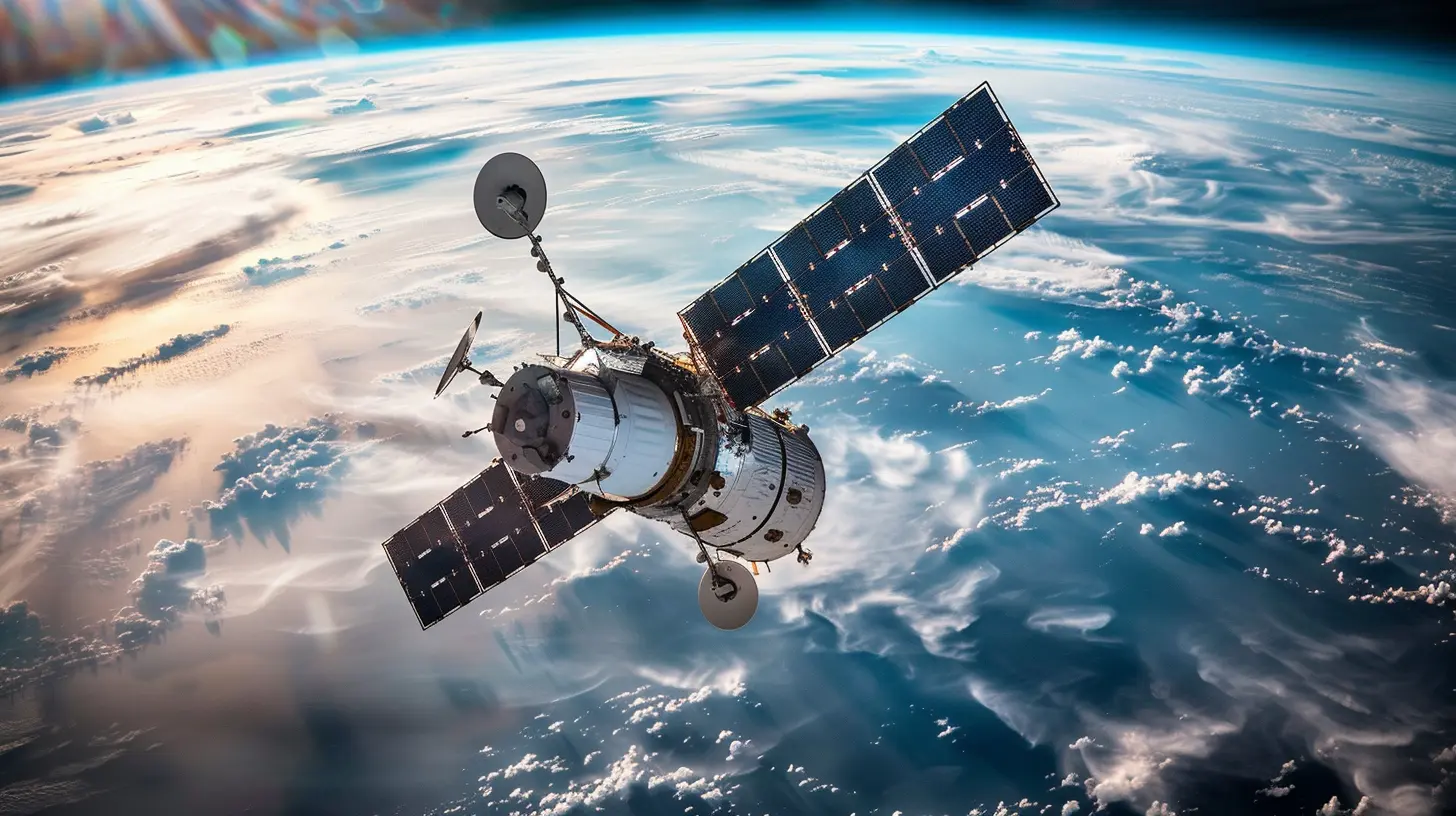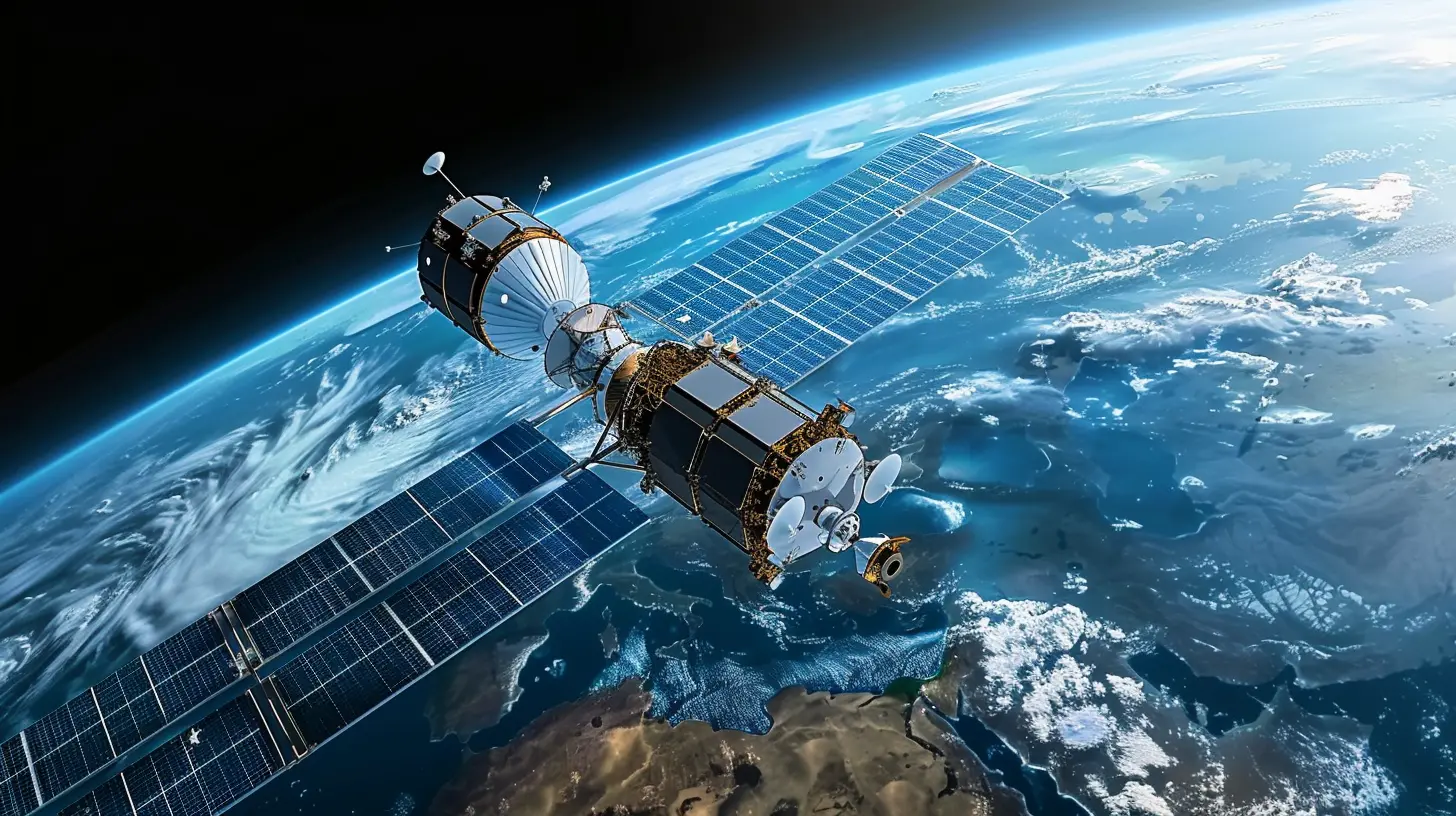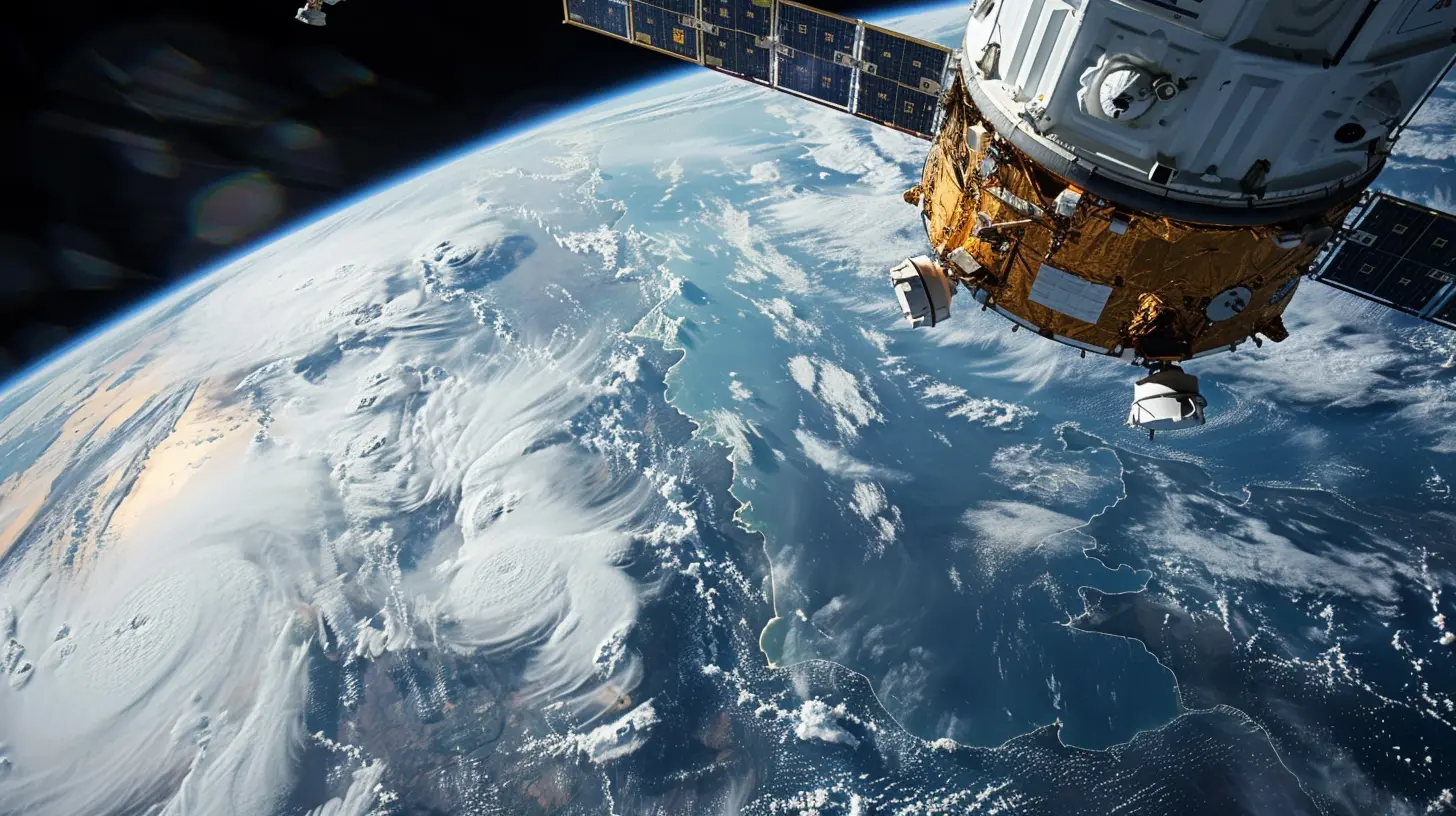The Impact of Satellite Internet on Global Connectivity
21 June 2025
So, you’re telling me there’s Wi-Fi... in the middle of the Amazon rainforest now? Satellite internet is out here doing the Lord’s work, beaming broadband to places that have been dodging connectivity like it’s a phone call from their ex. If you’ve been wondering how satellite internet is flipping the script on the global digital divide, buckle up buttercup — things are about to get spacey.
Let’s dive deep (and reach high – about 35,786 kilometers high) into how this tech is not just changing the game but straight-up rewriting the whole digital playbook.
Wait, What Exactly Is Satellite Internet?
Before we start throwing around terms like “latency” and “orbit” like we’re in a sci-fi TikTok, let’s break it down Barney-style.Satellite internet is a type of internet connection that uses—you guessed it—satellites. Instead of relying on good ol’ fiber optic cables running under your street (and getting dug up every other week), this beauty beams signals between Earth stations and satellites floating above in orbit.
It's like Wi-Fi from space. Yep, actual space. Cue the Star Wars intro music.
From Backwoods to Backyards – Who's It For?
So who benefits from satellite internet? Short answer: the folks who’ve been ghosted by cable companies for decades.We're talking rural villages, isolated islands, that wild cabin your cousin built in Montana where there’s more bears than bars (phone signal bars, not the tequila kind). Satellite internet is giving them a connection to the rest of the world, and not just metaphorically.
A Lifeline for Remote Areas
Imagine you're in a village that doesn’t even have consistent electricity, and suddenly you're streaming YouTube tutorials about hydroponic farming. That’s not just cool, it’s transformative.Satellite internet opens up access to:
- Online education (Hello, remote learning)
- Telemedicine (Doc appointments without the three-day canoe ride)
- E-commerce (Selling handmade crafts globally, not just to the guy next door)
- Emergency communications (Because when things go haywire, you really need Google Maps)
It’s like someone handed the internet a superhero cape and said, “Go save the day.”
The Space Race of the 21st Century
Okay, but who are the cosmic overlords behind this magic?Let’s talk players. Enter: Elon Musk's Starlink, Amazon’s Project Kuiper, OneWeb, and more. This isn’t just about internet anymore. It’s about who gets to be the overlord of global bandwidth.
Starlink - The Not-So-Silent Killer (of Poor Connectivity)
Elon Musk, never one to do anything halfway, decided good Wi-Fi was a human right and launched over 3,000 mini satellites to prove it. Starlink’s constellation is making it rain internet on areas where pigeons have been faster than the current broadband.And the speeds? Rivaling fiber in some areas. That’s… impressive. Ewok-worthy, even.
But Let’s Talk Real Talk — The Pros and Cons
No technology is perfect. Not even the ones that come from space. (Spoiler: even Darth Vader had Wi-Fi issues on the Death Star.)Pros? Oh, Heck Yes:
- Access everywhere: From Mount Kilimanjaro to the middle of the Pacific, if you’ve got sky, you’ve got potential signal.- Quick deployment: No need to dig up roads or lay cables through crocodile-infested swamps.
- Competitive speeds: Especially with LEO (Low Earth Orbit) satellites—latency is dramatically lower than traditional satellite services.
But the Cons? Yeah, They’re Still Orbiting Around:
- Expensive toys: That satellite dish on your roof? Not cheap. Nor is the subscription.- Weather’s mood swings: Heavy rain or snow, and suddenly your Zoom call with grandma in Nebraska is looking like a 90s VHS tape.
- Crowded skies: We’re launching so much stuff into orbit, we might need a galactic traffic cop soon.
The Digital Divide Is Getting a Glow-Up
The digital divide has been a buzzword for years. Somehow, it sounds both modern and depressing at the same time. But satellite internet is kicking this divide in the shins.Millions of people who were previously offline are logging in. Children are joining online classes. Farmers in remote regions are getting weather alerts and market prices. It’s like unlocking a cheat code in real life.
And it’s not just about catching up — in some places, satellite internet is leapfrogging fiber entirely. Think of it as skipping to dessert without dealing with the soggy vegetables of infrastructure development.
Governments and NGOs Are Jumping Onboard
You know something’s big when politicians start tweeting about it.Countries are realizing that digital access = economic growth + social upliftment + brownie points in elections. Government contracts with satellite providers are popping up faster than ads after you mention a product near your phone.
NGOs are also using satellite internet to provide services in war zones, refugee camps, and disaster-struck areas. It’s not just about posting selfies anymore — it’s about survival, education, and a lifeline to the world.
The Tech Behind the Magic – But Make It Digestible
Alright, nerd alert—but cool nerd alert. Let’s talk tech without making your eyes glaze over.There are three main types of satellite orbits:
1. LEO (Low Earth Orbit) – About 500 to 2,000 kilometers up. Fast, low latency, but needs lots of satellites.
2. MEO (Medium Earth Orbit) – Rarely used for internet, more GPS-like.
3. GEO (Geostationary Orbit) – 35,786 km up. Great coverage, but latency is the stuff of nightmares.
Starlink and others are mostly using LEO, which is why they need literal constellations of satellites. But that’s also why the lag is low enough you can actually game online without rage-quitting.
Will This Replace Cable Internet?
Let’s be honest. If you live in a city with blazing fast fiber, satellite internet probably isn’t going to seduce you. But in places where cable doesn’t want to go or can’t afford to show up, satellite is swooping in like the superhero side character we didn’t know we needed.Also, redundancy is a thing. Businesses love the idea of having a satellite backup when their underground cable connection gets a case of the Mondays.
So no, it won’t kill cable. But it sure is going to make it sweat a little.
Environmental Concerns? Oh Boy, Here We Go…
Of course, we can’t beam thousands of satellites into orbit without someone raising a hand in the back and yelling, “BUT THE SPACE JUNK!”They’re not wrong. More satellites mean more risk of collisions and more “space clutter” up there. Astronomers are also cranky because the shiny satellites photobomb their telescope shots.
Space traffic control might be a real job sooner than you think.
Wrapping It Up – From Zero Bars to Full Signal
Satellite internet isn’t just a tech gimmick. It’s a revolution wrapped in metal, launched by rockets, and powered by the audacity of humans who looked at empty skies and said: “Let's put internet up there.”It’s not perfect — few great innovations are at the start. But as costs come down, tech improves, and providers expand, global connectivity is going from pipedream to prime time.
In a world where being online is everything (for better or worse), satellite internet is the cosmic wildcard promising to level the playing field, one low-earth orbit at a time.
So next time you're binging Netflix in your tent in the Himalayas, just remember — you’ve got satellites overhead making that possible. Now that’s peak streaming. Literally.
all images in this post were generated using AI tools
Category:
Tech TrendsAuthor:

Reese McQuillan
Discussion
rate this article
2 comments
Rory McVeigh
This article beautifully captures the transformative power of satellite internet! It's fascinating to think how this technology bridges gaps, bringing connectivity to remote corners of the world. As someone who loves discovering global perspectives, I can’t wait to see how this evolution shapes our digital future! 🌍✨
October 20, 2025 at 3:57 AM

Reese McQuillan
Thank you for your thoughtful comment! I'm glad you found the article inspiring. The potential of satellite internet truly is remarkable in shaping our connected future! 🌐✨
Franklin Hahn
Satellite internet is revolutionizing global connectivity by bridging the digital divide, enabling access to remote areas, and enhancing communication worldwide.
June 22, 2025 at 12:18 PM

Reese McQuillan
Thank you for your insights! Satellite internet indeed plays a crucial role in connecting underserved regions and enhancing global communication.


